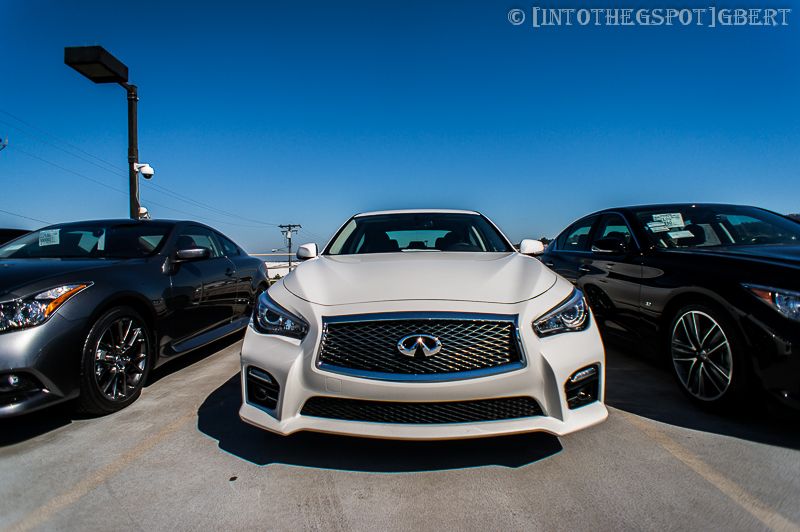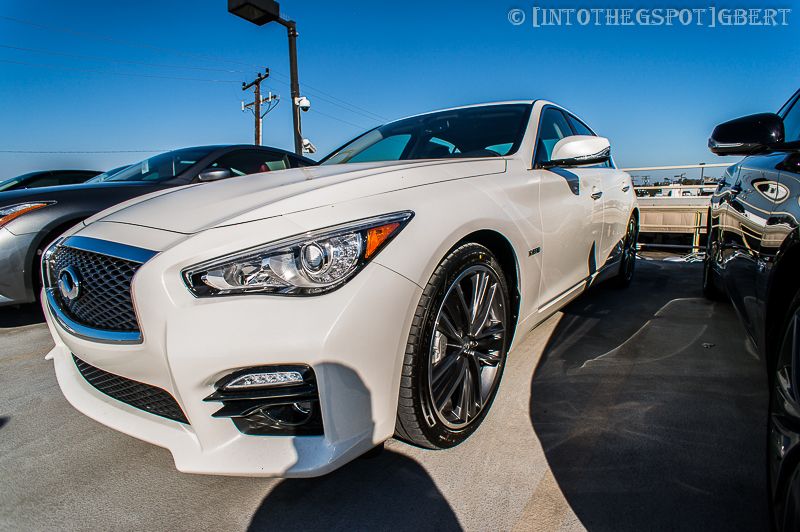Having done some welding inspections on high-pressure boiler tube repairs in my previous career, those welds aren't that good. While the beads looks consistent in shape, it's the colors of the beads that would concern me. Stainless steel gets its corrosion resistance from the addition of 10% or more of chromium. The chromium at the surface of the steel loves to bond with oxygen and form a protective layer of chromium oxide. This protects the iron in the steel from oxidation. The neat thing about stainless steel is if the surface gets scratched, the chromium quickly oxidizes and heals the surface again.
Seeing colors in the weld means that during the welding process, the chromium has migrated to the surface leaving a chromium-depleted region underneath. Ideally, the weld color should be about the same as the parent metal. You can see that in a portion of the weld in the first picture. In the area that is the hardest to access, you see the color go from metal, to straw, to red, and to blue. The darker the color, the more the corrosion resistance has been compromised. The colors look neat but they aren't good from a welding standpoint. You can see blue in the heat affected zone of the parent metal next to the weld in the second picture. The variation of colors in the weld in the second picture I would find very concerning.
A couple of causes of this are excessive heat and/or inadequate or turbulent inert shielding gas. Around the weld pool, the shielding gas excludes air to prevent oxidization. However, a hotter weld has a larger weld pool and needs longer to cool down. In this situation it’s possible the welder has advanced the torch before the pool has completely solidified, so letting oxygen in. In harder to access areas, turbulence of the inert gas can allow oxygen into the molten welding pool causing oxidation of the chromium. In either case, the chromium is being immediately oxidized before it can be incorporated back into the metal mix, leaving a chromium-depleted zone underneath. No chromium means the stainless steel isn't so stainless anymore and corrosion can occur.
Now, having said all that, I'm looking at the welds from a pressure tube repair standpoint. Weld integrity is critical when you're dealing with boiler tubes that are operating at around 1000 PSI. Not so much on exhaust piping. Keep an eye on the blue welds for areas of corrosion but they'll likely not be a problem.
Color in welds may look cool but it's an indication of poor welding IMHO.


![Image]()
![Image]()
![Image]()
![Image]()








